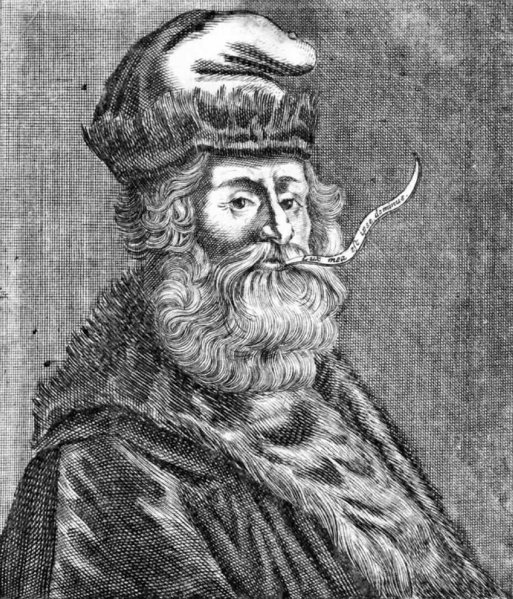Word of the Day
Ether (EE-thuhr)
· Common clues: Sleep inducer once; Upper regions of space; Former anesthetic
· Crossword puzzle frequency: 6 times a year
· Frequency in English language: 23983 / 86800
Diethyl ether, also known as ether and ethoxyethane, is a clear, colorless, and highly flammable liquid with a low boiling point and a typical smell. It is used as a common solvent and has been used as a general anesthetic.
History
Alchemist Raymundus Lullus is credited with discovering the compound in 1275, although there is no contemporary evidence of this. It was first synthesized in 1540 by Valerius Cordus, who called it "sweet oil of vitriol" (oleum dulci vitrioli, the name was due to the fact that it was originally discovered by distilling a mixture of ethanol and sulfuric acid, then known as vitriol), and noted some of its medicinal properties. At about the same time, Theophrastus Bombastus von Hohenheim, better known as Paracelsus, discovered ether's analgesic properties. The name ether was given to the substance in 1730 by A.S.Frobenius.

Raymundus
Lullus
Anesthetic use
The American doctor Crawford Williamson Long, M.D., was the first surgeon to use it as a general anesthetic, on March 30, 1842. Its first use is normally associated with the Etherdome in Boston, Massachusetts. Ether is no longer used as an anesthetic when other, safer substances are available; ether is flammable, and is an irritant to some patients.
Due to this and the high volatility and the low ignition point of diethyl ether, diethyl ether is one of the risk factors in laboratories.
Ether may be used to anesthesiate ticks before removing them from an animal or a person's body. The anesthesia relaxes the tick and prevents it from maintaining its mouthpart under the skin.
Ether was sold in the late 1800s as a 'medicinal' for women. It was not considered proper for women to drink alcohol, especially during the temperance movement, and so they instead took extremely potent 'medicines' when the men did their drinking. One product was called Hoffmann's Drops, which was 3 parts ethanol to 1 part diethyl ether.
Ether, taken straight, will burn the mouth and be very unpleasant, but when mixed with alcohol it is possible to ingest orally. In the English translation of the book Phantastica by Louis Lewin (originally published in German in 1924), the translator calls it "Liquor Hoffmanni" and says "A large number of 'abstainers', especially women, employ this spirit of ether as a remedy against states of depression from which they frequently suffer. They would protest at being called alcoholists or etheromaniacs. Nevertheless they are to a certain degree slaves to the habit, which often becomes a mania. I know a court case where a woman was said to have consumed within four years thirty thousand marks' worth of this liquid. Attention should be paid to drinkers of these drops."
This article is licensed under the GNU Free Documentation License. It uses material from the Wikipedia article "Diethyl ether".
|
|